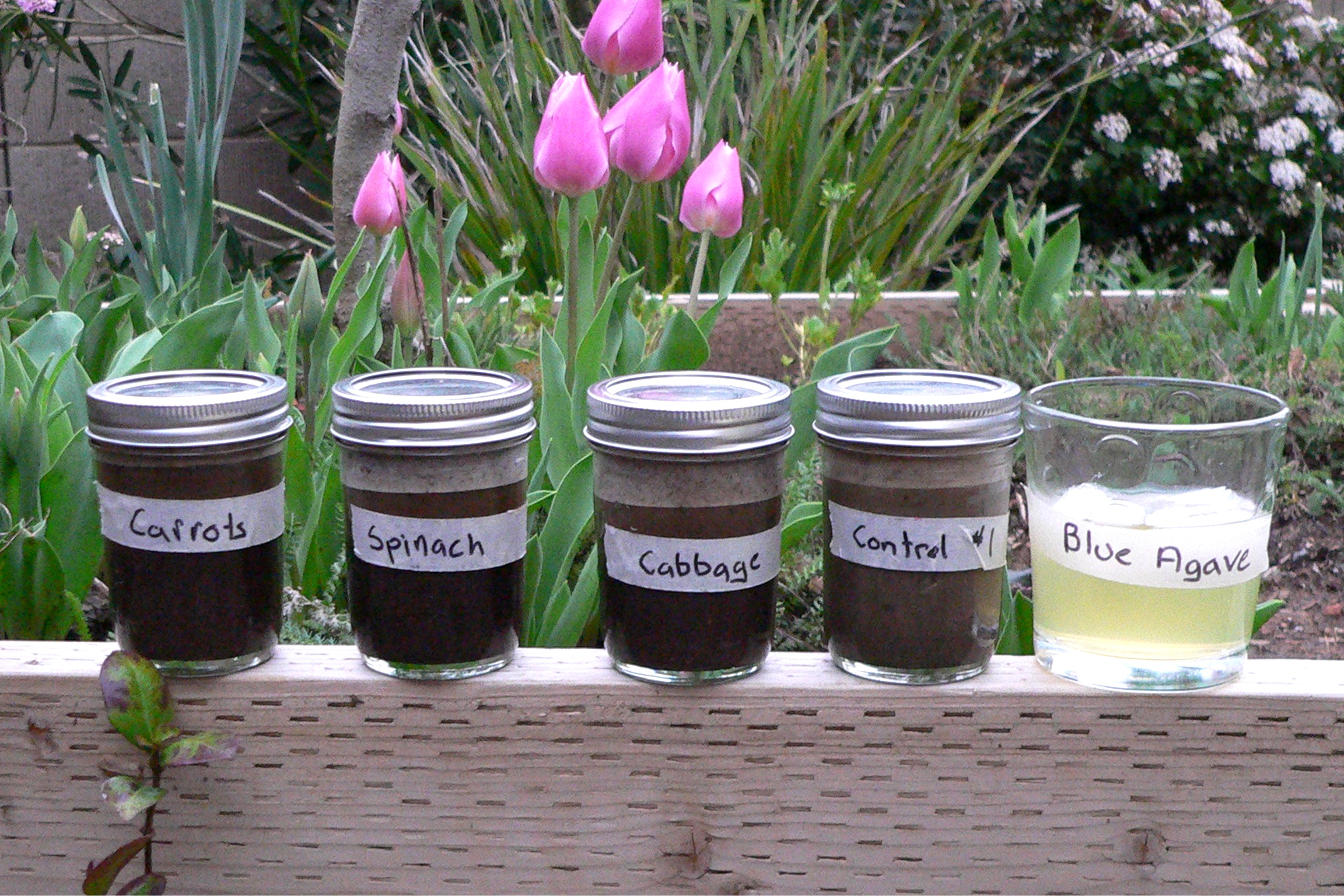Take a soil sample
Collect and examine a soil sample using a small trowel, jar, magnifying glass, and notebook to observe texture, color, and tiny organisms.



Step-by-step guide to take a soil sample
What is Soil | Science for Kids
Step 1
Pick a safe outdoor spot where you want to study the soil.
Step 2
Use the small trowel to dig about 5 centimeters down into the soil.
Step 3
Scoop a small amount of soil from the hole into the clear jar with the trowel.
Step 4
Close the jar tightly so the soil stays inside.
Step 5
Open your notebook and write the date and the place where you dug the soil.
Step 6
Open the jar carefully so you can look at a bit of the soil.
Step 7
Put a tiny pinch of soil onto a clean page of your notebook.
Step 8
Look at the soil on the page and decide what color it is.
Step 9
Write the soil color you saw in your notebook.
Step 10
Rub a small pinch of soil between your fingers to feel if it is sandy silty or sticky.
Step 11
Write one sentence in your notebook describing the soil texture.
Step 12
Hold the magnifying glass over the soil on the page and look closely for tiny organisms or bits like roots or pebbles.
Step 13
Write down any tiny creatures or interesting things you saw under the magnifying glass.
Step 14
Wash your hands with soap and water to get rid of the soil.
Step 15
Share your soil notes and discoveries on DIY.org
Final steps
You're almost there! Complete all the steps, bring your creation to life, post it, and conquer the challenge!


Help!?
What can we use instead of a small trowel, clear jar, or magnifying glass if we don't have them?
If you don't have the small trowel use a sturdy spoon or stick to dig about 5 centimeters, substitute the clear jar with a resealable clear plastic bag or clear plastic cup to hold the soil, and use a phone camera zoom or reading glasses instead of the magnifying glass to look closely at the sample.
What should we do if it's hard to dig 5 centimeters or the soil keeps spilling from the jar?
If the ground is too hard to reach 5 centimeters choose a softer spot or loosen the soil with the trowel or stick before scooping, and if the clear jar won't close tightly transfer the soil into a resealable plastic bag or press the lid down and wrap it with tape so the soil stays inside.
How can we change the steps for different ages of children?
For preschoolers have an adult dig the hole and let them do simple tasks like naming the soil color and feeling a tiny pinch, for elementary kids follow all steps including writing the date/place and one-sentence texture notes, and for older kids add detailed notebook sketches with the magnifying glass and compare multiple samples before sharing on DIY.org.
How can we extend or personalize the soil sampling activity after finishing the basic steps?
Turn it into a mini-project by taking samples from several spots, labeling each clear jar or bag with the date and place in your notebook, comparing colors and textures side-by-side, trying simple moisture or pH tests, planting seeds in different samples, and posting photos and notes on DIY.org.
Watch videos on how to take a soil sample
Types of Soil For Kids: Science | TutWay
Facts about soil science for kids
🔬 A teaspoon of healthy garden soil can contain billions of bacteria plus thousands of tiny fungi, protozoa, and other organisms.
🪱 Earthworms are soil superheroes — a single worm can eat about its own weight in soil each day and help plants grow.
🌈 Soil color tells a story: red or yellow hues often mean iron, dark soils have lots of organic matter, and white can signal salts or sand.
🌎 Soil stores more carbon than the atmosphere and all plants combined, making it a key player in Earth's climate.
💧 Soil texture matters — sandy soil drains quickly, clay holds water and gets sticky, and you can try the ribbon test to feel the difference.
How do I collect and examine a soil sample with my child?
What materials do we need to take a soil sample and study it?
What ages is taking and examining soil samples suitable for?
What are the benefits, safety tips, or fun variations for a child soil sampling activity?


One subscription, many ways to play and learn.
Only $6.99 after trial. No credit card required



